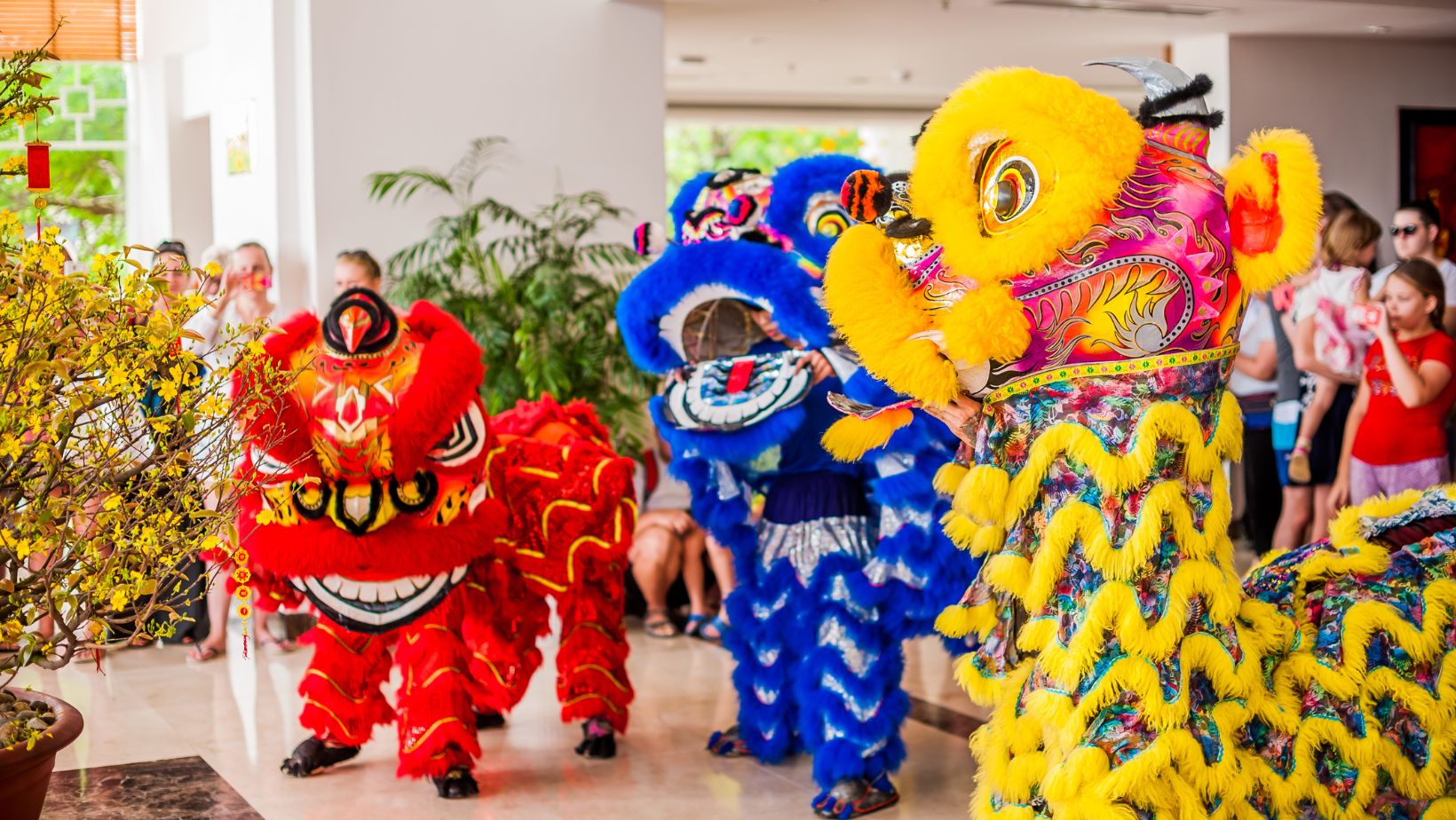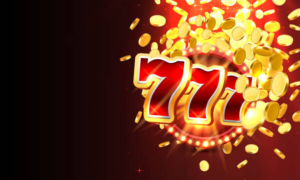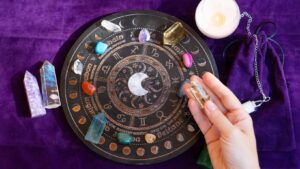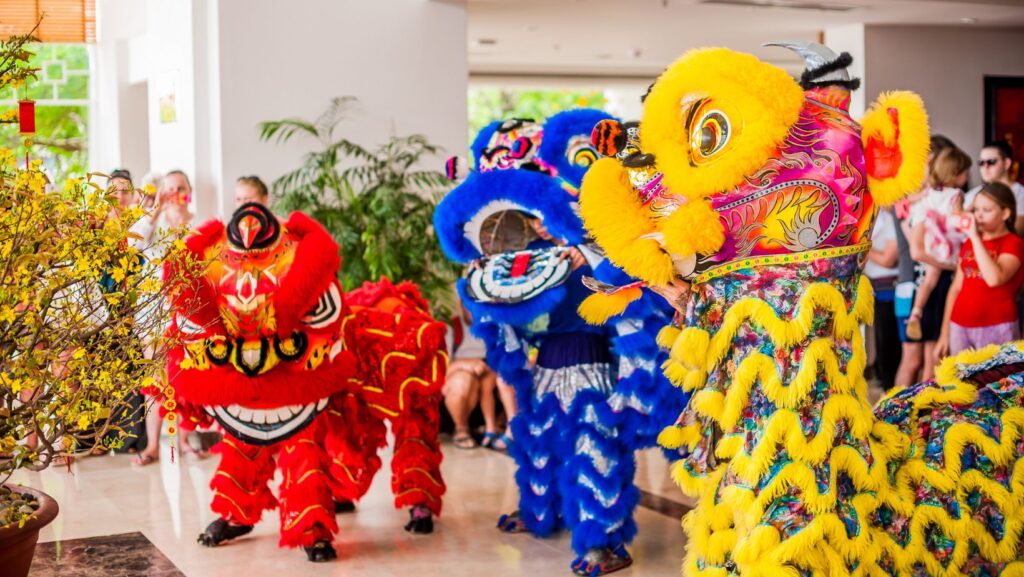
The Vietnamese Lunar New Year, known as Tết Nguyên Đán, is a vibrant and cherished celebration that marks the beginning of a new year in the lunar calendar. As someone who has experienced the joy and excitement of Tết firsthand, I am thrilled to share with you the fascinating traditions and festivities that make this holiday so special. From the colorful decorations to the mouthwatering feasts, Tết Nguyên Đán offers a unique cultural experience that is not to be missed. Join me as we delve into the enchanting world of Tết and discover why it is one of the most anticipated events in Vietnam.
Tết Nguyên Đán, which typically falls in late January or early February, is a time for family reunions and paying respects to ancestors. The atmosphere during this period is electric, with bustling markets, vibrant parades, and a sense of anticipation in the air. From the moment you step foot in Vietnam during Tết, you are greeted with a spectacle of red and gold decorations adorning homes and streets, symbolizing luck and prosperity for the year ahead. The sound of firecrackers and the aroma of traditional delicacies fill the air, creating an atmosphere of joy and abundance. In this article, I will guide you through the various customs and rituals that make Tết Nguyên Đán a truly unforgettable experience.
Tết Nguyên Đán 2023
Tết Nguyên Đán, also known as the Vietnamese Lunar New Year, is a vibrant and joyous celebration that marks the beginning of the new year in the Vietnamese calendar. As a Vietnamese tradition that has been passed down through generations, Tết holds a special place in the hearts of the Vietnamese people, both in Vietnam and around the world.
Tết festivities typically take place in late January or early February, following the lunar calendar. The preparation for Tết starts weeks in advance, as families clean their homes and adorn them with vibrant decorations such as red and gold, which symbolize luck and prosperity. Streets are lined with colorful flowers and lanterns, creating a festive and auspicious atmosphere.
The highlight of Tết is the reunion of family members, as people from all over the country and abroad travel back to their hometowns to celebrate together. Family gatherings are an essential part of Tết, where loved ones come together to honor their ancestors, pay respects at family altars, and offer prayers for a prosperous year ahead.
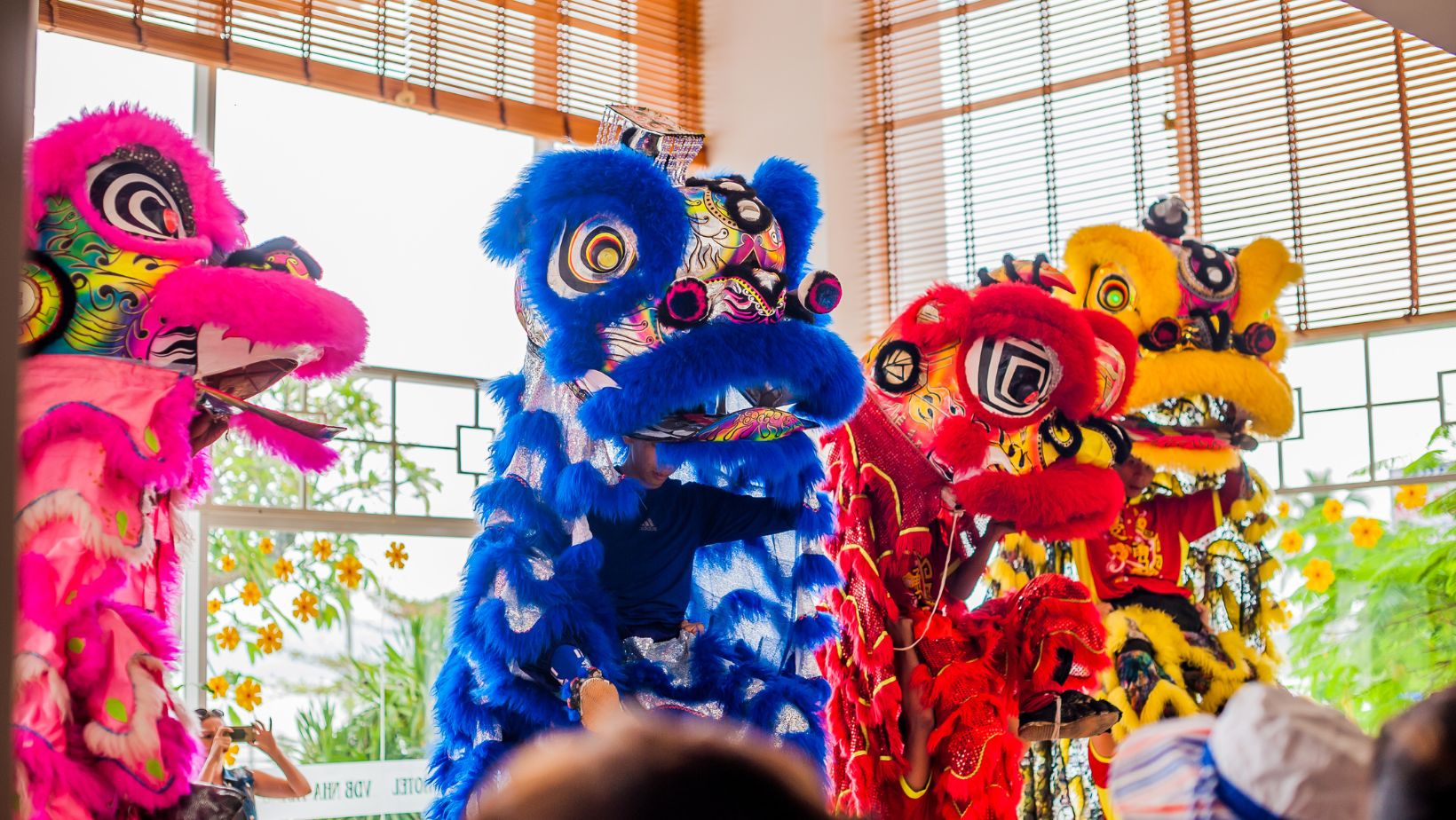
Preparation for Tết
Cleaning and Decorating the House
Before Tết, it’s customary to give our homes a thorough cleaning. This tradition, known as “Tảo Màn”, is believed to remove bad luck and make way for good fortune in the coming year. I’ll scrub every nook and cranny, sweeping away any traces of the past year. It’s a fresh start for both the physical and spiritual environment.
Once the cleaning is done, it’s time to bring out the decorations. Red and gold are the dominant colors, symbolizing luck and prosperity. I’ll hang up red banners with cheerful messages like “Chúc Mừng Năm Mới” (Happy New Year) and “Phúc” (Happiness) to welcome the positive energy. Traditional items like peach blossoms, kumquat trees, and red lanterns are also displayed to enhance the festive atmosphere.
Shopping for Food and Gifts
One of the most exciting parts of preparing for Tết is shopping for food and gifts. The markets are bustling with activity as people dash from stall to stall, searching for the best ingredients and presents. I always have a long list in hand, ready to fill my basket with all the necessary items to create a feast fit for a king.
Traditional Tết food holds deep cultural significance. Dishes like “Bánh Chưng” (sticky rice cake) and “Nem” (spring rolls) are must-haves on the festive table. I’ll buy all the ingredients and spend hours in the kitchen, carefully crafting these delicacies. It’s a labor of love that I take pride in.
Gift-giving is another important aspect of Tết. I’ll browse through shops, looking for meaningful presents for my loved ones. Often, these gifts are in the form of lucky money envelopes, known as “Lì Xì”. I’ll fill them with clean, crisp bills and hand them out to children and unmarried adults. It’s a gesture of good wishes and blessings for the year ahead.
Tết Nguyên Đán is a time when families come together, traditions are honored, and the spirit of new beginnings is embraced. It is a celebration that encapsulates the rich diversity and heritage of Vietnam. As we bid farewell to this article, we hope that it has provided valuable insights into the beauty and significance of Tết and has sparked a curiosity to explore and experience this unique cultural celebration.

